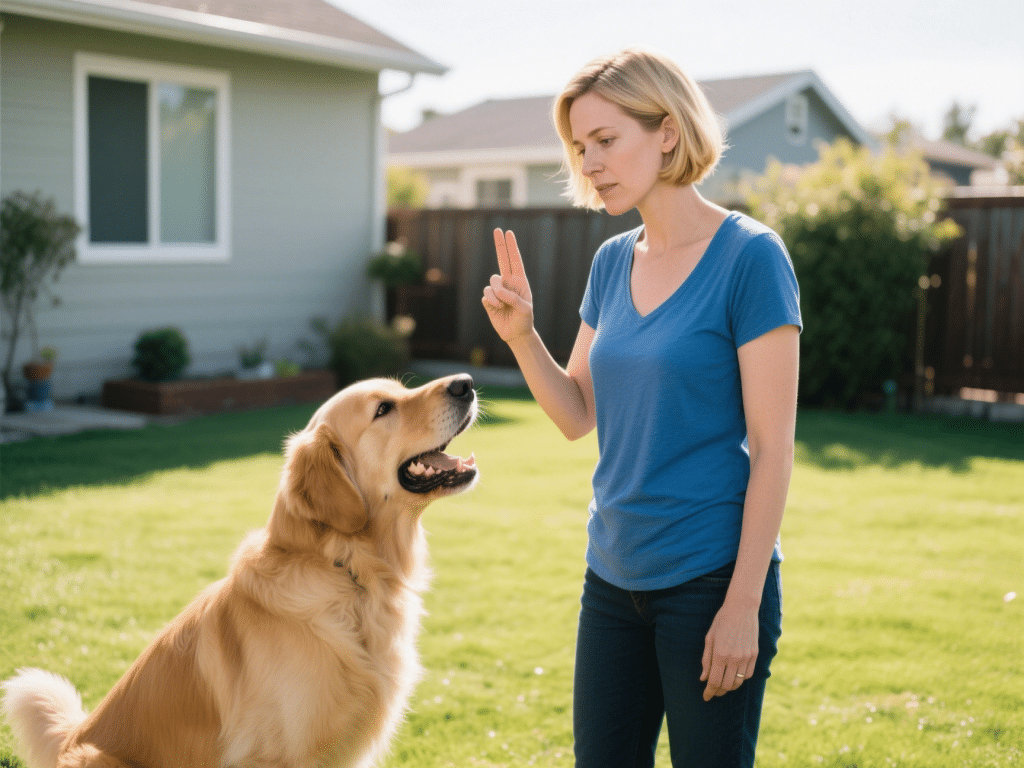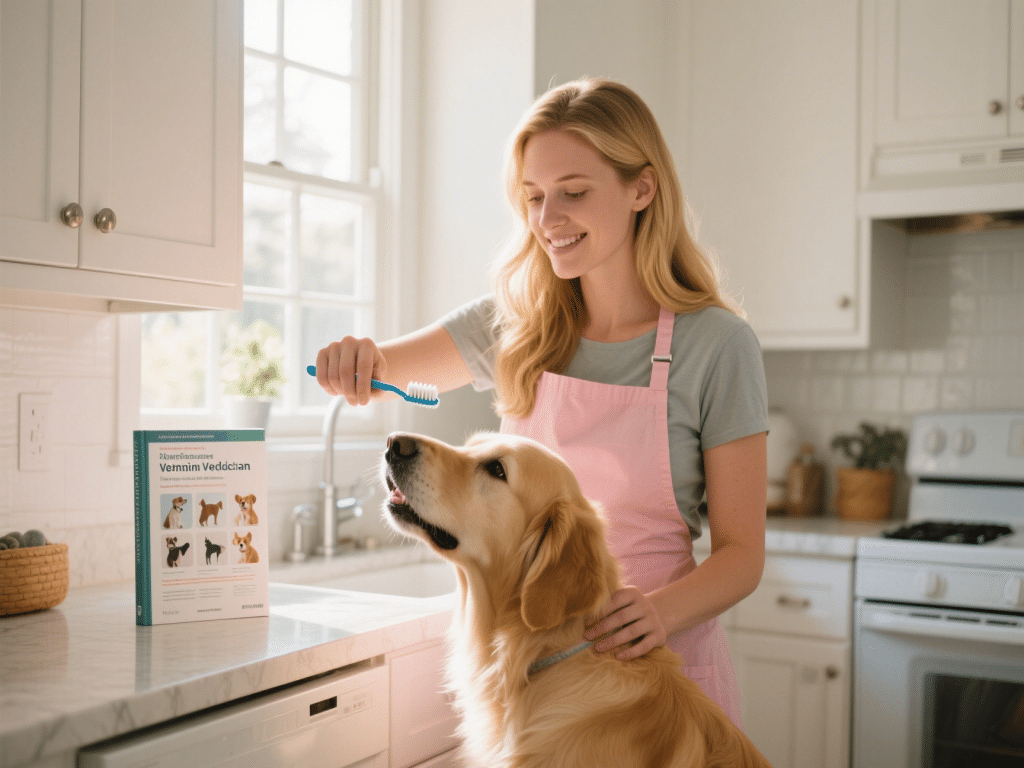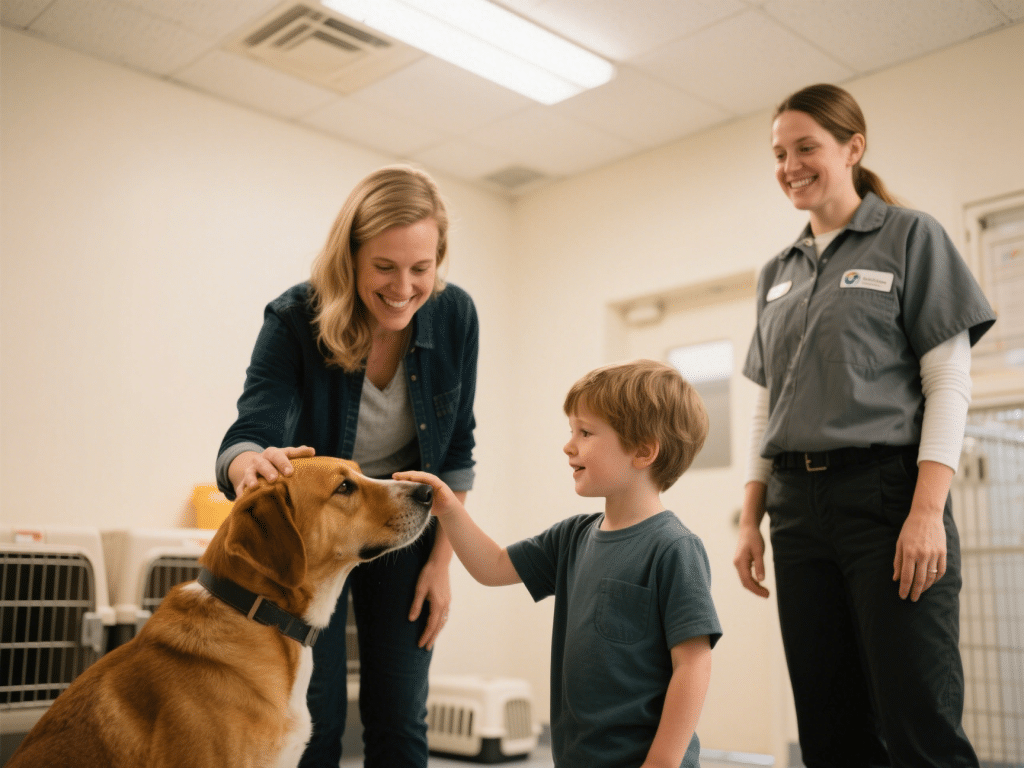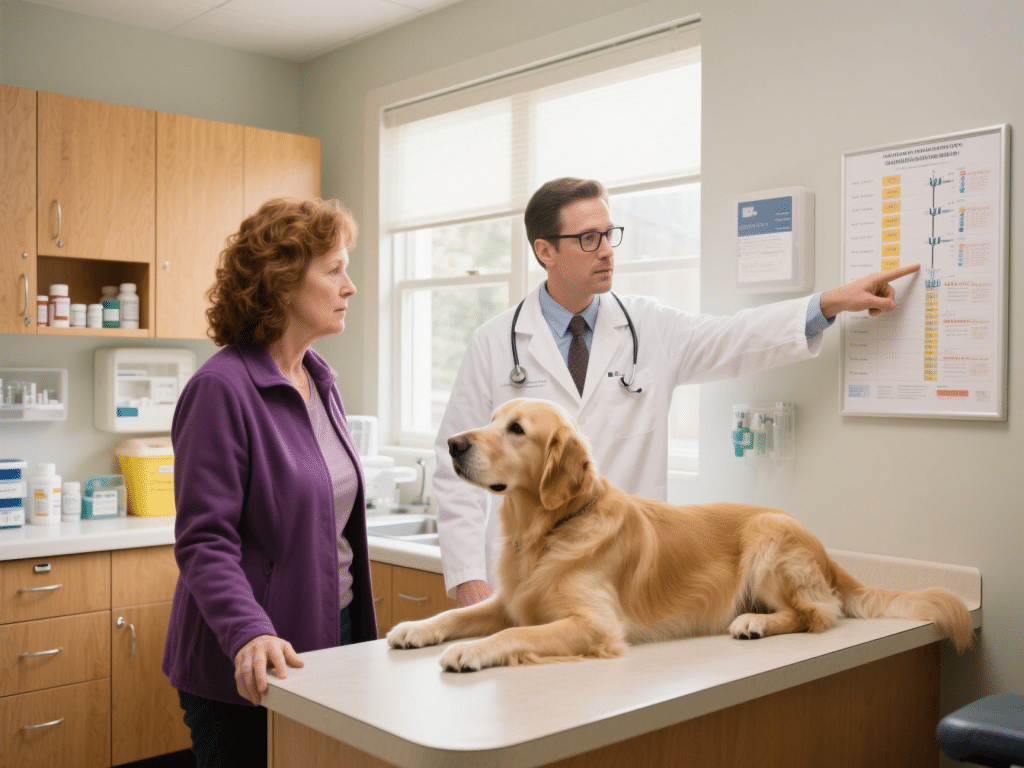RECOMMENDED NEWS

How to Keep Your Pet Hydrated: Tips for Proper Water Intake
Why Hydration is Non-Negotiable for PetsWater regulates body temperature, aids digestion, flushes to...
Read More →
How to Deal with Pet Excessive Barking: Solutions and Techniques
How to Deal with Pet Excessive Barking: Solutions and TechniquesExcessive barking is a common yet ch...
Read More →
The Best Pet Care Apps: Tools to Help You Manage Your Pet’s Health
The Best Pet Care Apps: Tools to Help You Manage Your Pet’s HealthModern pet ownership demands mor...
Read More →
The Ultimate Guide to Pet Dental Care: How to Keep Your Pet’s Teeth Healthy
The Ultimate Guide to Pet Dental Care: How to Keep Your Pet’s Teeth HealthyWhy Dental Health is No...
Read More →
The Best Practices for Adopting a Pet from a Shelter
The Rewarding Path to Shelter Pet AdoptionBringing a shelter pet into your home transforms lives—y...
Read More →
Choosing the Right Toys for Your Pet: What to Consider
Choosing the Right Toys for Your Pet: What to ConsiderSelecting appropriate toys isn’t just about ...
Read More →
Dealing with Pet Separation Anxiety: Signs and Solutions
Dealing with Pet Separation Anxiety: Signs and SolutionsPet separation anxiety (SA) affects approxim...
Read More →
Common Pet Diseases and How to Prevent Them: A Proactive Owner’s Guide
Common Pet Diseases and How to Prevent ThemProtect Your Furry Family Members with Proactive CarePets...
Read More →
The Importance of Socializing Your Pet: Best Practices for Puppies and Kittens
Why Socialization Matters for Young PetsProper socialization during the critical developmental windo...
Read More →
Comments on "Pet Travel: How to Prepare Your Pet for a Journey" :